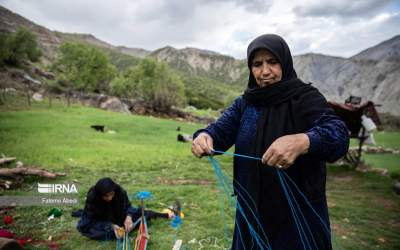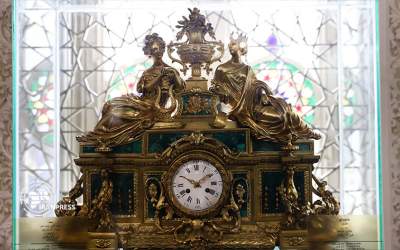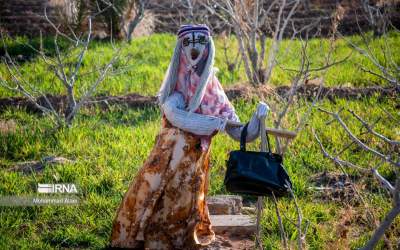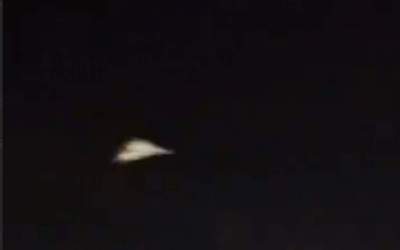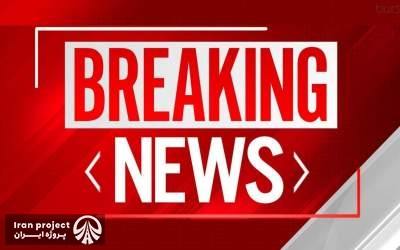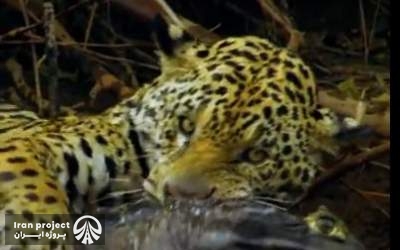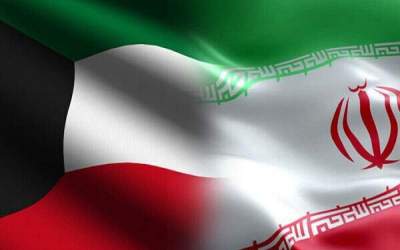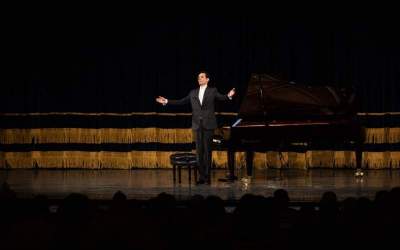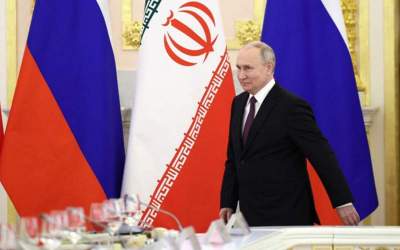Saturday 11 August 2018 - 15:59
Story Code : 315352
The interest group economics wreaking havoc on Iran's currency
There is, however, another�dimension to developments on the foreign exchange market:�Iran's political economy. In this regard, one should ask�which segments of society lose out and�who wins, and what do economic shifts mean for political power in the country?
For the past four decades, the overall pattern of the Islamic Republic�s political economy has focused on shifting wealth and economic assets from society to the state as a whole, in particular�to economic interest groups. These shifts have taken place through dispossession and�confiscation of the assets of various social groups, waves of privatization in which state assets have mainly been transferred to the semi-state sector, corruption emanating from the two-tiered exchange rate system, massive embezzlement, commoditization of natural resources, sanctions busting, smuggling�and�financial corruption.
Read more here
# Tags
